10 Engaging Social Studies Activities for 10-Year-Olds
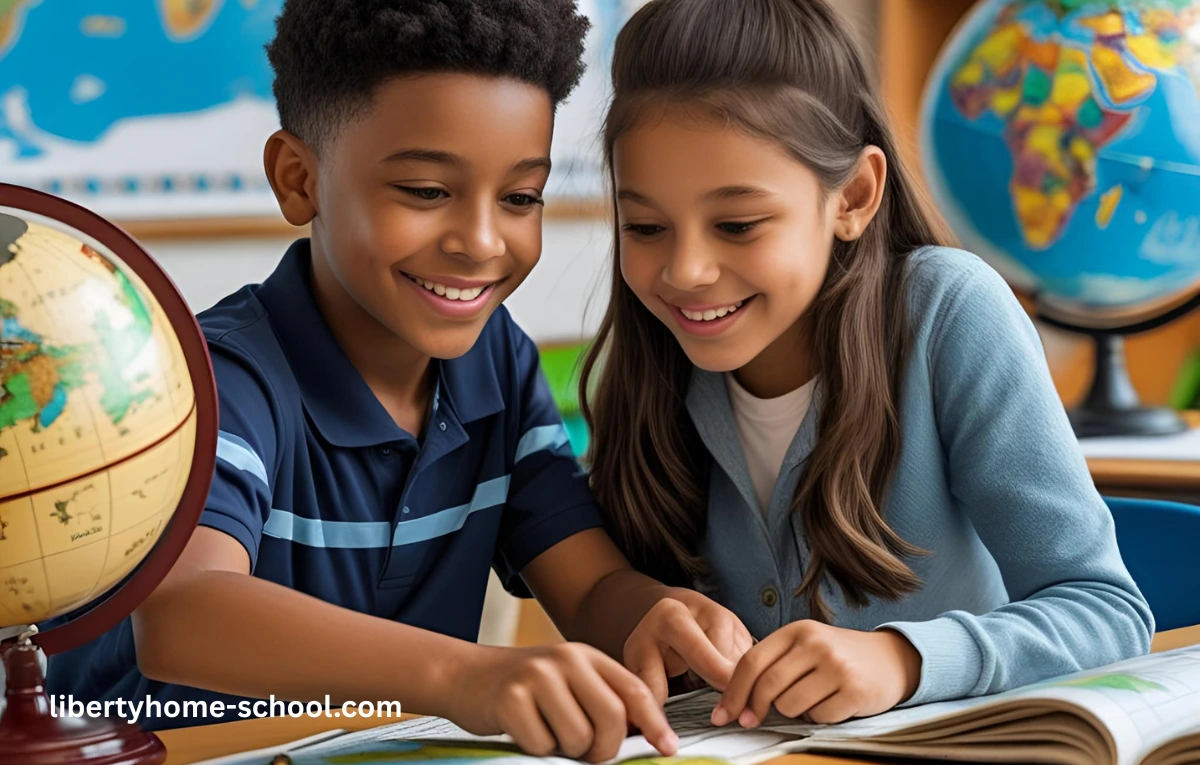
Will Actually Love (Perfect for Homeschoolers in the USA)
I get it—you open the textbook, start the lesson, and five minutes later, your kid’s already zoning out. “Do I have to learn this?” they ask, dragging out every word.
Sound familiar?
You’re definitely not alone. As a homeschooling mom, I’ve faced the same challenges—flipping through dry textbooks, trying to figure out how to make history come alive or geography actually feel useful.
That’s why I started experimenting with simple, hands-on activities that turn learning into an adventure instead of a chore.
No fancy gadgets, no complicated prep—just creative ideas designed to spark curiosity and get your 10-year-old excited about social studies.
Ready to turn “meh” into “more, please”? Let’s dive in!
1. Create a Time Capsule From Today
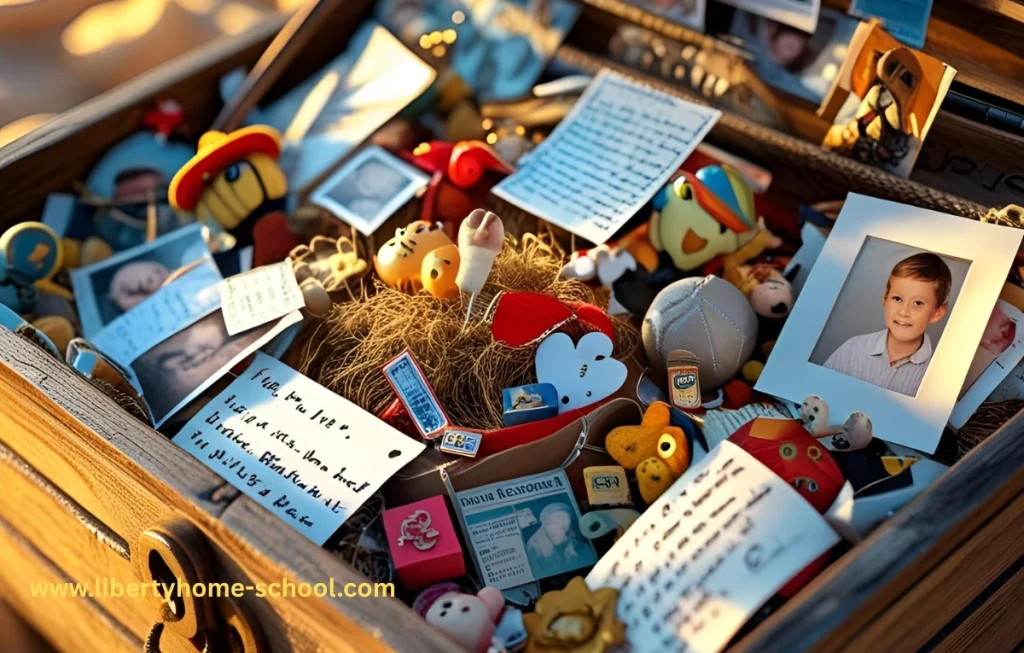
This one is always a hit with my kids. Have your child gather small items from their daily life—maybe a LEGO piece, a little note to their future self, a candy wrapper, or even a newspaper clipping.
Pop everything into a container and seal it with a label that says, “Do Not Open Until 2034!”
It’s such a charming way for your child to connect with their own history—and it opens the door for some really fun conversations about how life changes over time.
2. Craft a Travel Brochure for a U.S. State
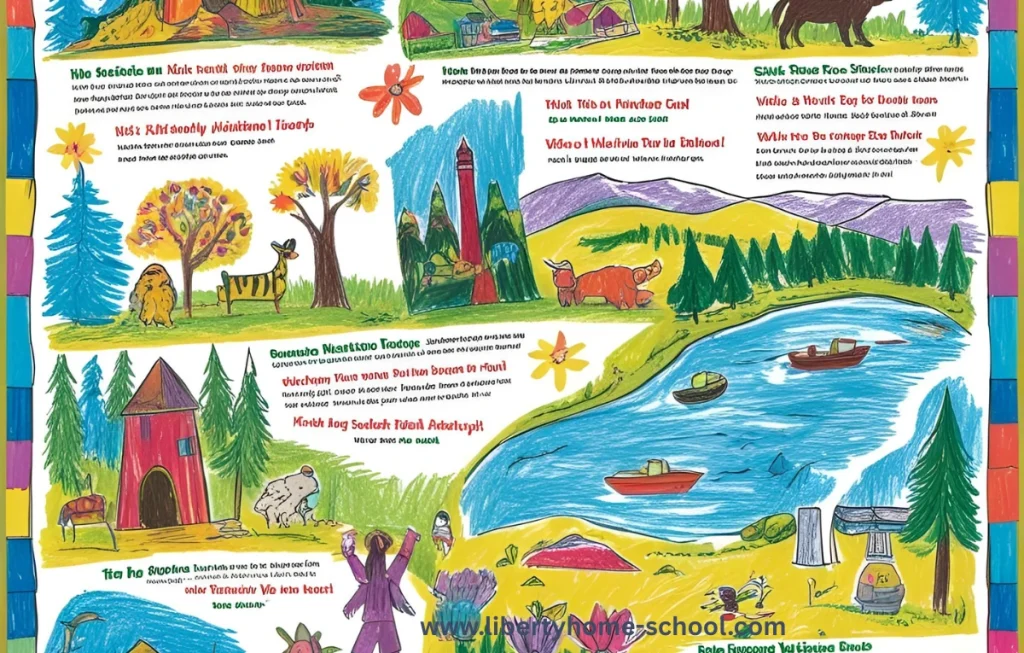
Pick any state—your child’s favorite or just one that sparks their curiosity. Have them research landmarks, local foods, famous people, and cool facts.
Then, let them design a colorful travel brochure.
My daughter once made one about Hawaii—complete with volcanoes and hula dancers. It’s now proudly stuck on our fridge!
Besides learning, this project sneaks in research and map skills without feeling like “school.”
Discover videos, lesson plans, and interactive content at PBS LearningMedia—Social Studies.
3. Assemble a Giant World Map Puzzle
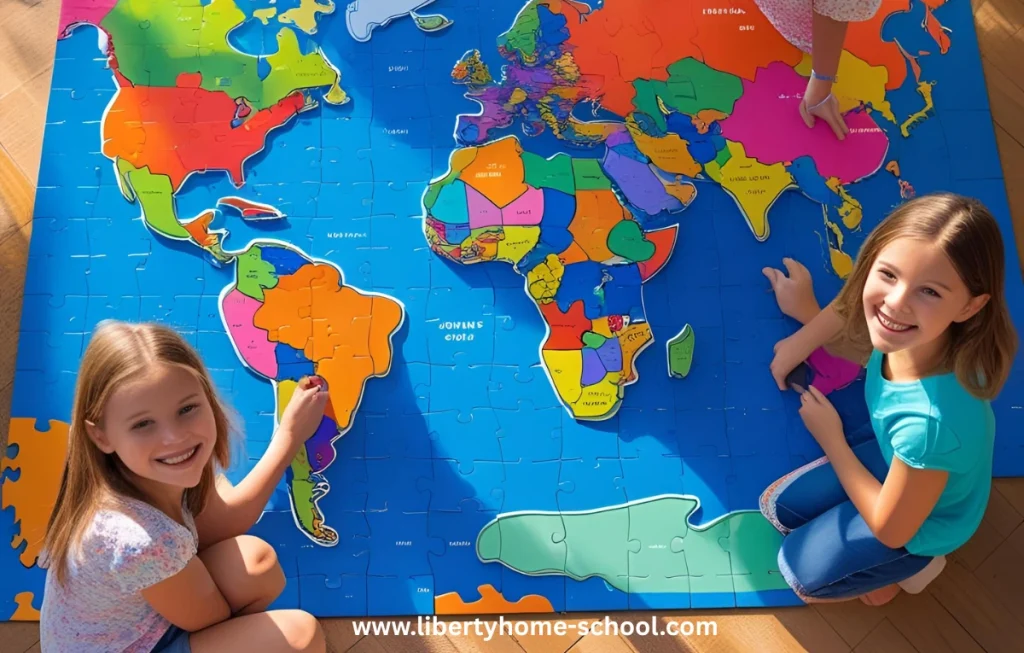
Here’s a hands-on project that really helps with geography. Cut out continents or countries from cardboard or thick paper. Let your child color each piece, label capitals, and connect resources—like chocolate from Ghana or oil from the Middle East.
Once assembled, it’s satisfying to see the whole world come together—piece by piece!
4. Host a Cultural Food Day
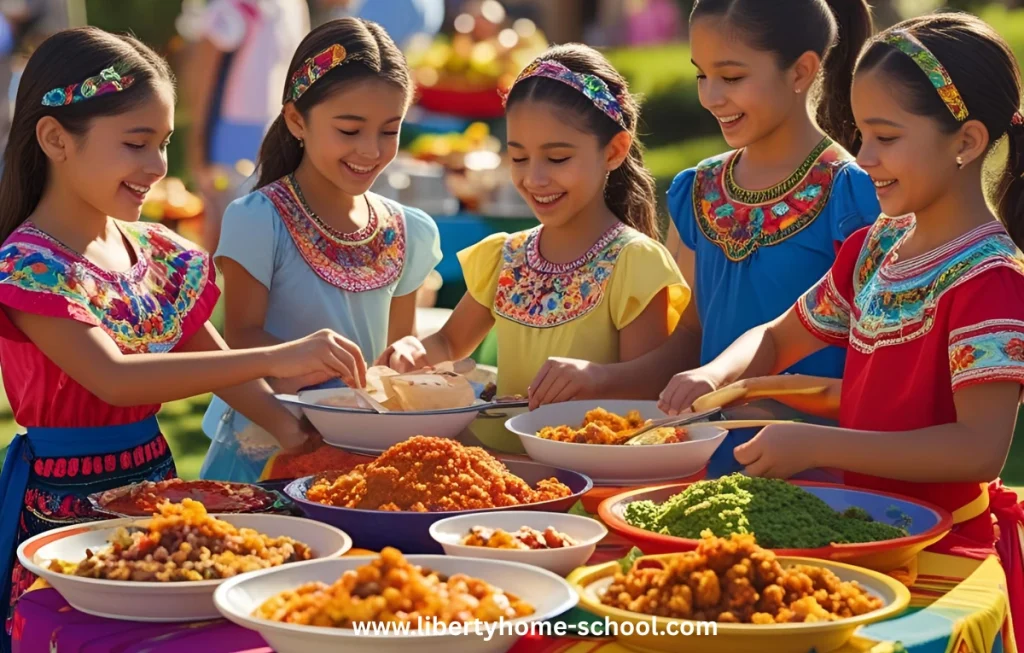
Food is a fantastic gateway into culture and history.
Pick a country or region, and together prepare a simple dish or snack from there. While cooking or eating, chat about the people, traditions, and stories behind that food.
It’s learning that’s delicious—literally!
5. Build a Mini Pioneer or Colonial Village
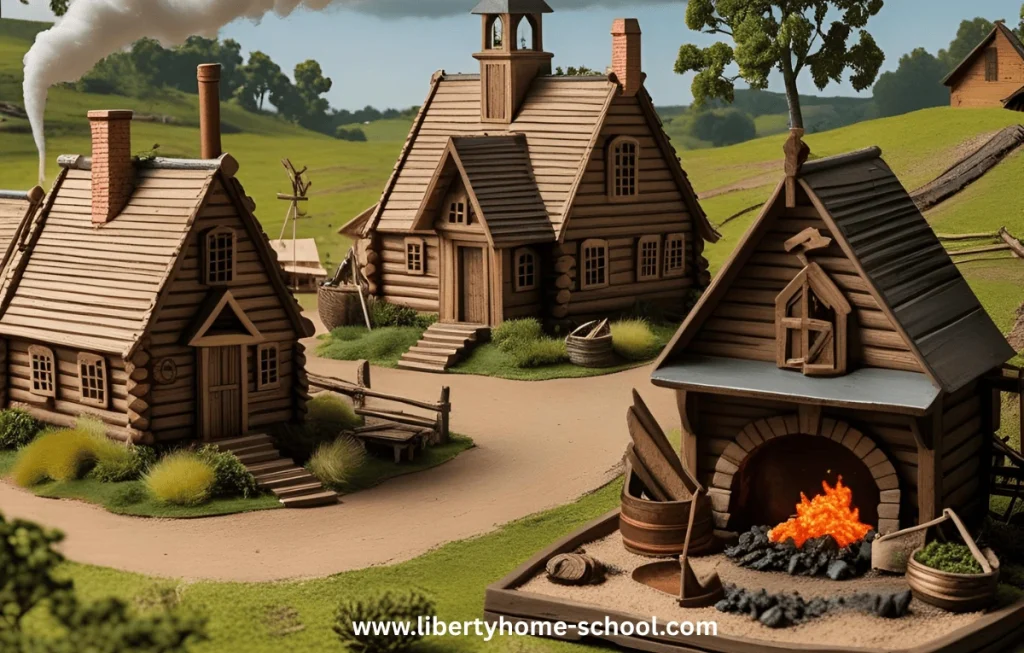
Use craft supplies, boxes, or even LEGO bricks to build a tiny village reflecting life in early America.
Talk about the daily routines, jobs, and challenges pioneers or colonists faced while constructing the village.
This project turns history lessons into creative play.
6. Interview a Family Member About Their Childhood
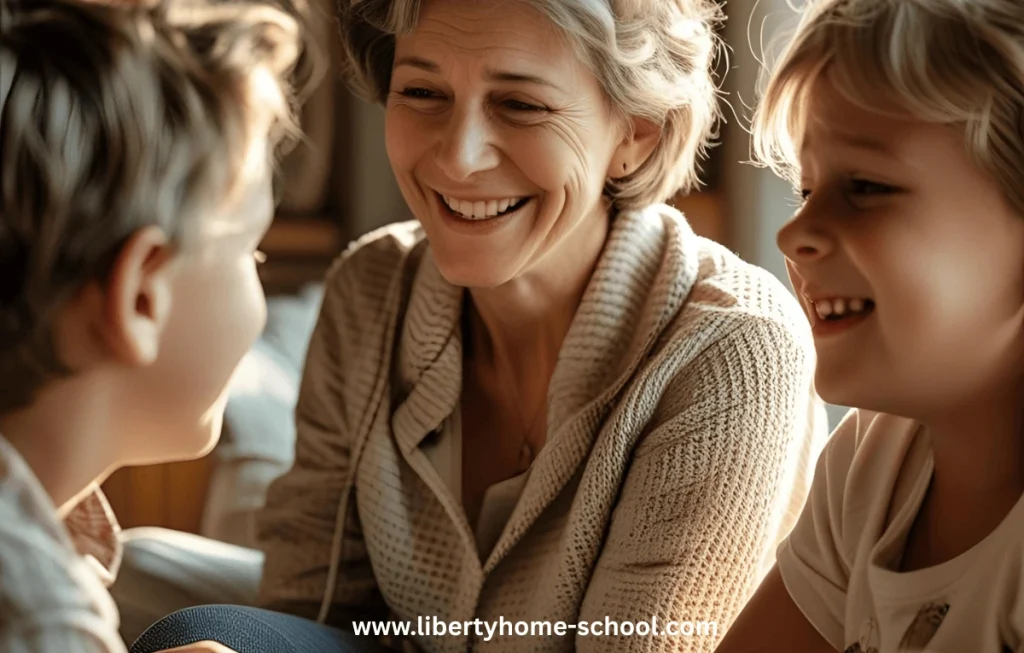
Your child can interview a grandparent, aunt, or parent about what life was like when they were young.
Encourage them to prepare questions and maybe record or write down the answers.
It’s a wonderful way to make history personal and preserve family stories.
7. Create a Newspaper Front Page From a Historical Event
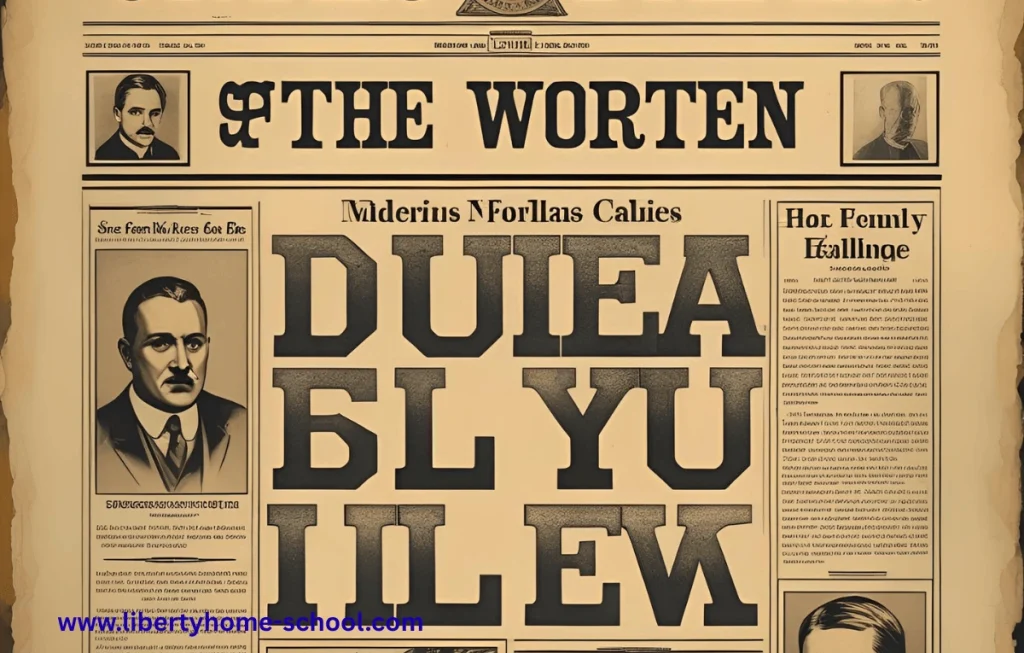
Pick a famous event your child is studying and have them imagine they are a reporter at that time.
They can write headlines and news articles and even draw pictures to create a front page of a newspaper.
This builds writing skills and deepens understanding of the event’s importance.
8. Map Your Family’s Migration Story
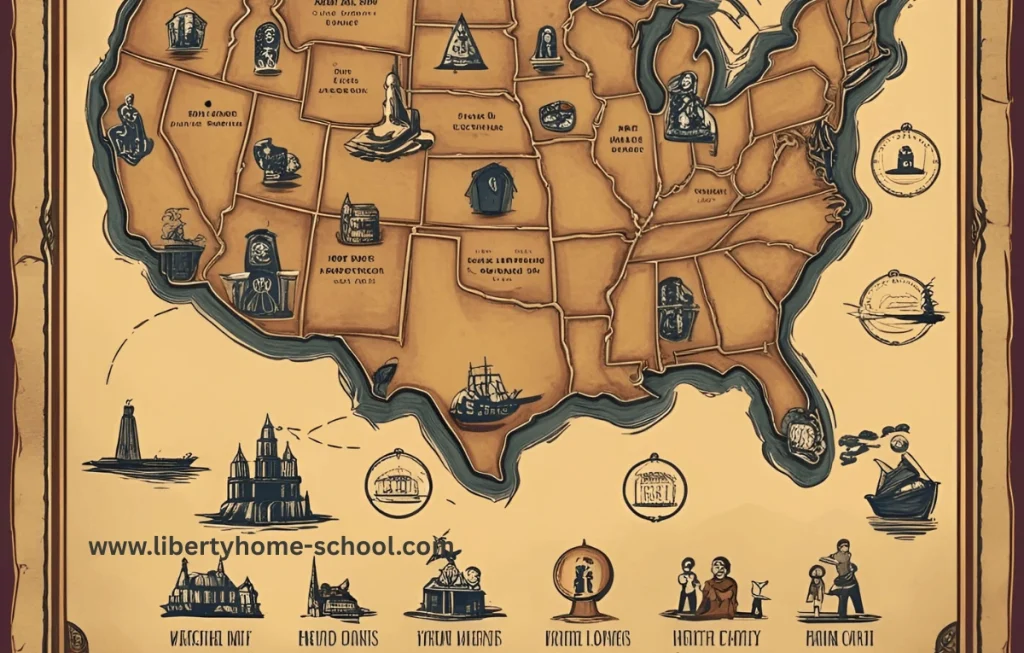
If your family has moved from one place to another, trace the journey on a map.
Your child can add notes or pictures to mark important stops, reasons for moving, or interesting facts about those places.
It’s a great way to combine geography with personal history.
9. Explore Local History on a Neighborhood Walk
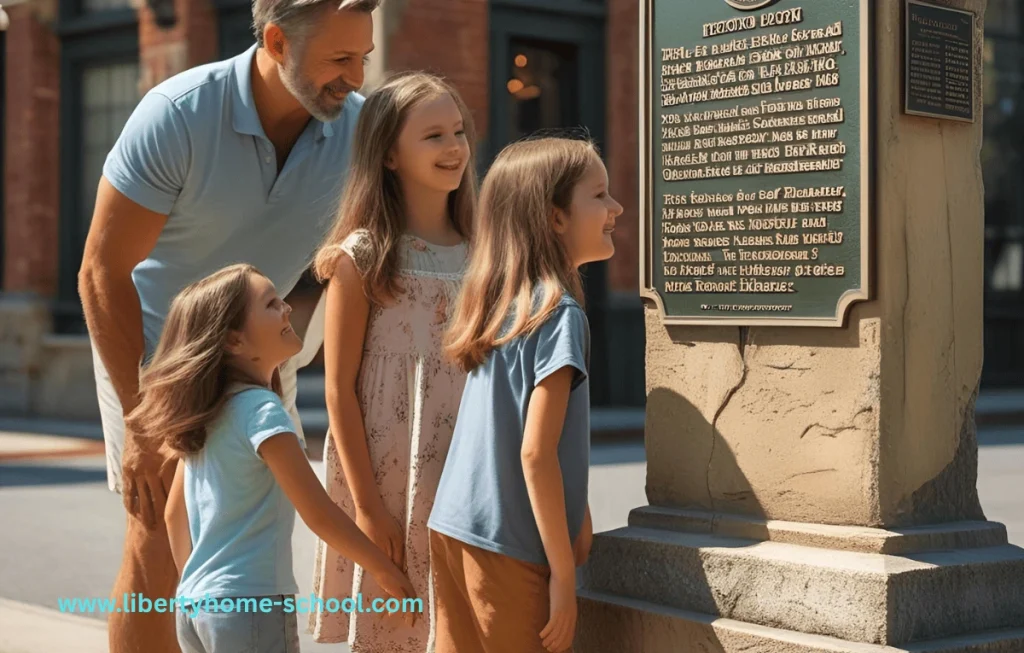
Take a walk around your neighborhood or town and point out historical buildings, monuments, or plaques.
Bring a camera or notebook to record what you find, then look up more information online or at the library.
It’s a fun way to connect your child with their community’s past.
For fun facts and interactive geography games, visit National Geographic Kids.
10. Make a History Timeline Wall
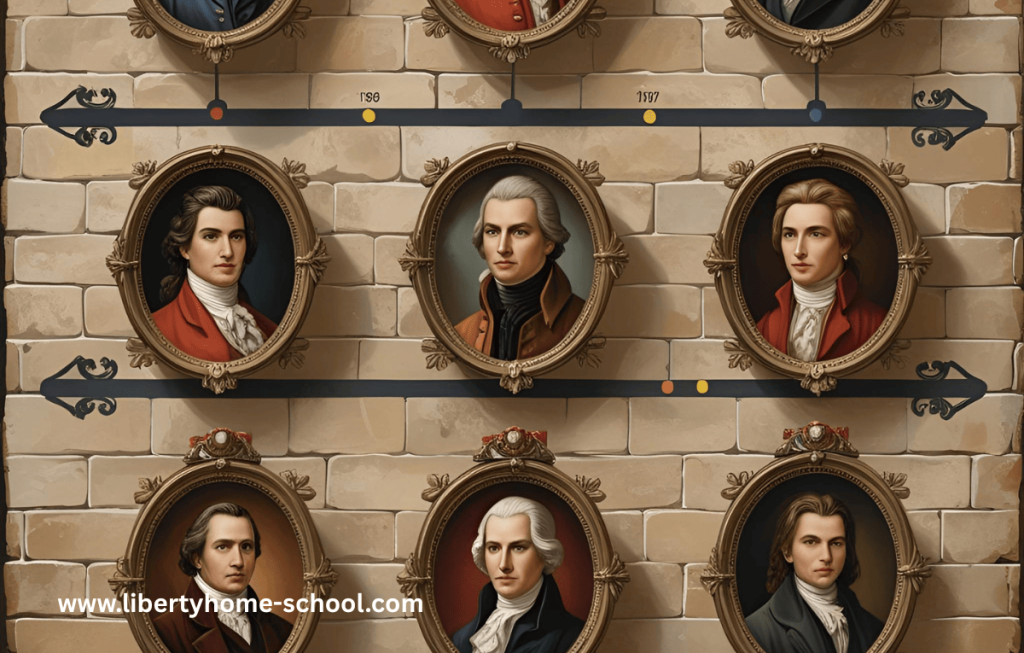
Use a long strip of paper or poster board to create a timeline of events your child is learning.
Add drawings, photos, or small objects to illustrate each event.
This visual helps your child see how history flows and how different events connect.
You can explore U.S. history through authentic resources at the Smithsonian Learning Lab.
Conclusion
There you have it—10 social studies activities that make learning fun, interactive, and memorable for your 10-year-old.
No boring lectures, no endless worksheets—just hands-on projects that invite curiosity and bring history and geography to life right in your homeschool.
Try one (or all!) of these ideas and watch your child’s excitement for social studies grow. You can also enhance your homeschool with real life math activities for 10-year-olds or creative art projects that support well-rounded learning.
Happy homeschooling!
Helpful Resources for Thematic Learning:
- Seasonal Unit Studies — Teach history, science, and art using seasonal themes that match your homeschool rhythm.
FAQs
Q1: Do these activities require special materials?
Nope!
Most of these projects can be done using items you already have at home—like paper, cardboard, markers, or kitchen supplies. You don’t need to run to the store or spend extra money.
Q2: How long do these activities take?
Usually between 30 minutes and 1 hour.
Some projects might take a little longer, especially if your child gets really into it—but all are flexible enough to fit into your homeschool routine.
Q3: Can these social studies projects be adapted for other ages?
Absolutely!
You can easily scale the complexity up or down depending on your child’s learning level—whether they’re 8 or 12. These activities are flexible and can grow with your child.
Q4: Are these activities suitable for group learning?
Yes, and they’re even more fun with others!
Most of these projects work well in small groups—like with siblings or a homeschool co-op. Group participation often sparks more creativity and discussion.
Q5: How do I motivate my child if they still resist social studies?
Start with their interests.
If your child loves art, let them draw timelines or design brochures. If they enjoy cooking, explore cultures through food. Keep sessions short and focus on fun—learning will follow.
Q6: How often should we do social studies activities like these?
Once or twice a week works well.
You don’t need to do social studies every day. A couple of meaningful, engaging sessions per week are enough to build interest and understanding over time.
Q7: Can I use these projects as part of a complete social studies curriculum?
Yes, you can!
These activities can supplement any curriculum—or even serve as your core social studies method if paired with books, videos, or discussions. They’re especially great for unit studies.
Q8: What if I’m not confident teaching history or geography?
You’re not alone—and you don’t have to be an expert.
These projects are designed to be parent-friendly. Plus, many include research-based elements so you can learn alongside your child, one fun activity at a time.
Q9: How do I assess learning from these hands-on activities?
Use discussion, reflection, or simple journaling.
You don’t need formal tests. Ask your child to explain what they learned, create a poster, or write a short paragraph. Their excitement and understanding will shine through naturally.
Q10: What’s the best way to document these activities for my homeschool portfolio?
Take photos, save worksheets, and write brief summaries.
You can create a digital folder or a printed scrapbook with pictures, project descriptions, and any written work your child completes. It’s a great way to track progress and memories!
#HOMESCHOOL PLANNING, #HOMESCHOOL PRINTABLES, #HOMESCHOOL RESOURCES, #PRINTABLES, #SUMMER ACTIVITIES

